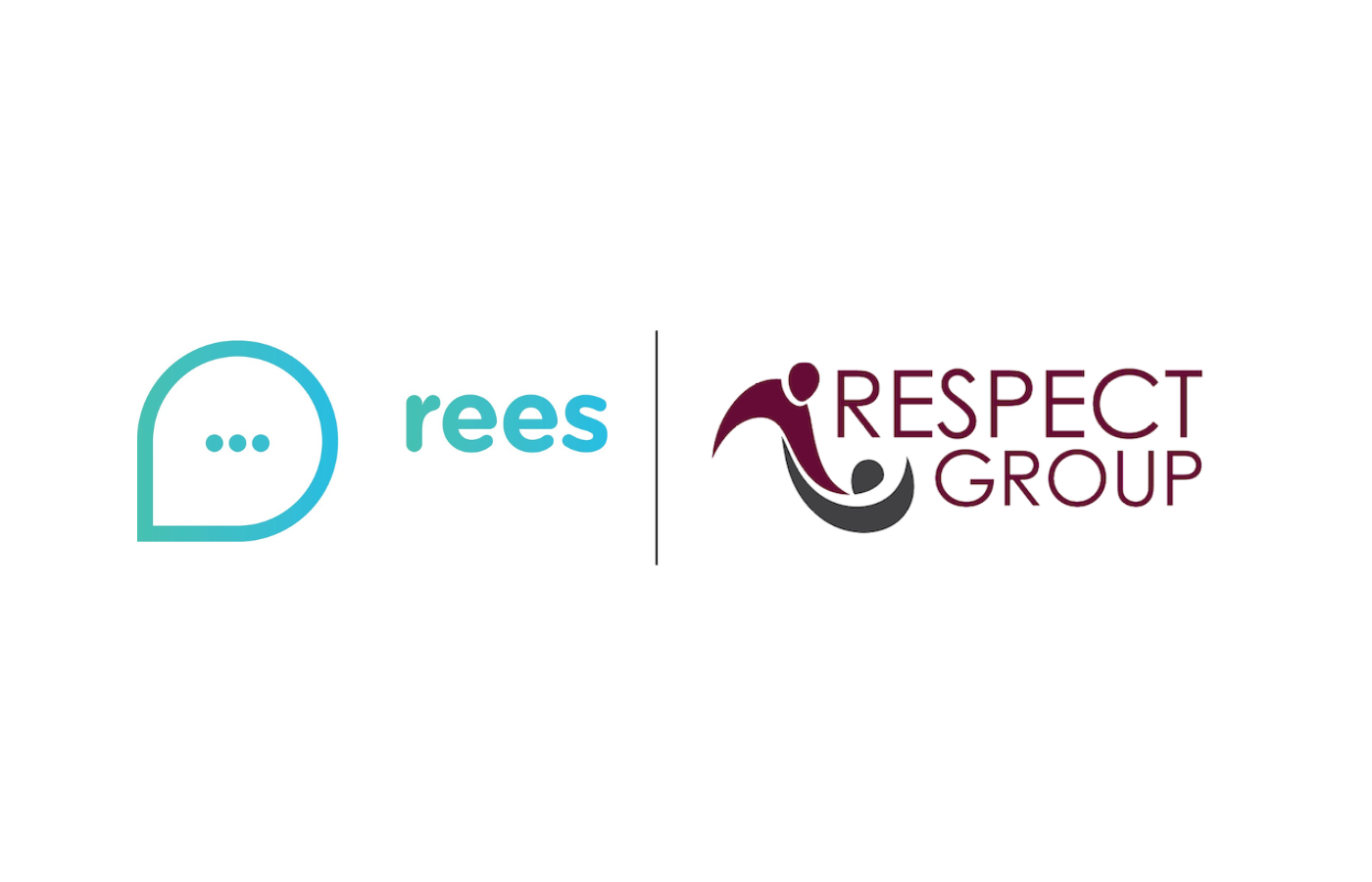Students’ experiences of unwanted sexualized behaviours and sexual assault at postsecondary schools in the Canadian provinces, 2019
Greater awareness of gender-based violence, sexual consent and related attitudes about what constitutes acceptable behaviour is emerging in many public spheres, including on postsecondary campuses and their online spaces. Widespread disclosures by survivors of various forms of sexual misconduct, propelled by platforms such as #MeToo,have increased the visibility of sexual assault and related behaviours and brought about discussions about their root causes (Hampson 2019; Tambe 2018).
Decades of research on sexual violence in Canada has found correlates between youth and increased risk of victimization (Conroy and Cotter 2017; Perreault 2015; Rotenberg 2017). Young people—particularly young people who identify as women—experience sexual assault and other forms of violence in higher proportions than other people. Additionally, previous Canadian research has found that this group experiences high rates of sexual assault (Conroy and Cotter 2017).
In addition to studies which focus on sexual assault, recent Canadian research has measured the prevalence of unwanted sexualized behaviours in various segments of the population (Burczycka 2019; Cotter 2019; Cotter and Savage 2019). While not necessarily criminal in nature, behaviours such as unwelcome sexual comments, actions or advances can have negative impacts on those who experience them and on others (Cotter and Savage 2019). The present study will be the first to describe the prevalence, characteristics, and attitudes surrounding unwanted sexualized behaviours and sexual assault among Canada’s 2.5 million postsecondary students (see Text box 1).
Developed and conducted by Statistics Canada, the Survey on Individual Safety in the Postsecondary Student Population (SISPSP) collected data from students at postsecondary schools in the Canadian provinces in 2019. The questions included in the survey aimed to measure the nature and prevalence of unwanted sexual and discriminatory behaviours and sexual assault among the students of Canadian postsecondary institutions. Information on students’ attitudes and beliefs was also collected. The survey was funded by the Department for Women and Gender Equality (WAGE) as part of It’s Time: Canada’s Strategy to Prevent and Address Gender-Based Violence. A report focussed on students’ experiences with discriminatory behaviours will follow the present study.
The SISPSP included questions on students’ experiences with ten sexualized behaviours. Some of these were explicitly defined as inappropriate or unwanted (for example, “unwanted physical contact” or “inappropriate discussion of sex life”). Other behaviours were not explicitly defined this way (for example, “sexual jokes” or “encouragement to view sexually explicit materials online”). It should be acknowledged that behaviours such as these may not have been seen by all survey participants as unwanted. However, regardless of how such behaviours are perceived by individuals, they can be indicative of a larger culture in which sexualized behaviours create an atmosphere of fear, disrespect, inequality and invalidation based on gender and sexuality—all of which can have negative consequences for those at whom these behaviours are directed, and for others (Hampson 2019; Levchak 2013; Sue 2010). Because of this, the sexualized behaviours described in the present study are considered to be unwanted, and this terminology is used throughout the analysis.
This Juristat article presents findings on the prevalence, characteristics and impacts of unwanted sexual behaviours, sexual assault and feelings of safety among students aged 18 to 24 at postsecondary institutions in the Canadian provinces (17 to 24 for students living in QuebecNote ). The context in which sexual assault and unwanted sexualized behaviours occurred—where they happened, who was responsible, and who was around—provides insight into the cultural underpinnings of unwanted sexualized behaviours on campus. Together with information on the attitudes and beliefs of students, this analysis provides an indication of postsecondary school culture when it comes to issues surrounding unwanted sexual behaviours and sexual assault.


